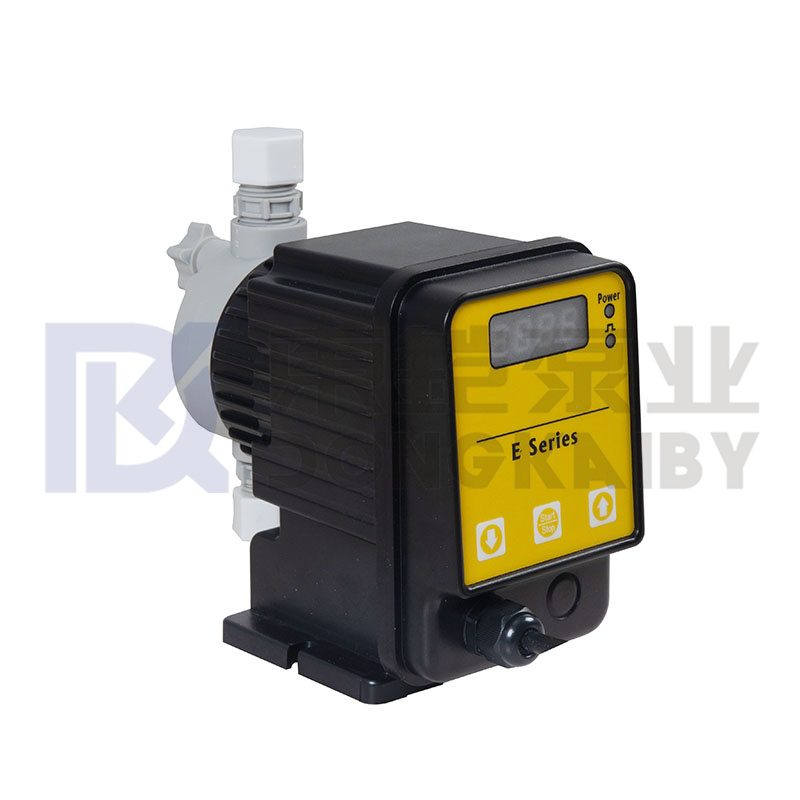- English
- Español
- Português
- русский
- Français
- 日本語
- Deutsch
- tiếng Việt
- Italiano
- Nederlands
- ภาษาไทย
- Polski
- 한국어
- Svenska
- magyar
- Malay
- বাংলা ভাষার
- Dansk
- Suomi
- हिन्दी
- Pilipino
- Türkçe
- Gaeilge
- العربية
- Indonesia
- Norsk
- تمل
- český
- ελληνικά
- український
- Javanese
- فارسی
- தமிழ்
- తెలుగు
- नेपाली
- Burmese
- български
- ລາວ
- Latine
- Қазақша
- Euskal
- Azərbaycan
- Slovenský jazyk
- Македонски
- Lietuvos
- Eesti Keel
- Română
- Slovenski
- मराठी
- Srpski језик
The process when a Metering Pump works
2022-09-19
The metering pump is a positive displacement chemical dosing device with the ability to vary capacity manually or automatically as process conditions require.
The pump’s motor drives a piston to create a vacuum that pulls chemicals into the liquid end of a metering pump from external tanks.
Alternating piston strokes create pressure that closes the inlet valve, opens the outlet valve, and forces the chemical out to the process.
Within the liquid end is a diaphragm, which acts as a barrier between the piston and the process fluid. Sometimes a diaphragm is mechanically connected to a piston. Sometimes a diaphragm is hydraulically connected.
The pump’s motor drives a piston to create a vacuum that pulls chemicals into the liquid end of a metering pump from external tanks.
Alternating piston strokes create pressure that closes the inlet valve, opens the outlet valve, and forces the chemical out to the process.
Within the liquid end is a diaphragm, which acts as a barrier between the piston and the process fluid. Sometimes a diaphragm is mechanically connected to a piston. Sometimes a diaphragm is hydraulically connected.
The piston's pumping motion is applied to hydraulic fluid, which causes the diaphragm to flex back and forth as the piston reciprocates. The movement of the piston flexes the diaphragm – the more the diaphragm flexes, the higher the flow rate for the pump. The rate of flow can be precisely controlled to ensure that the process receives just what it needs, without over or under injecting.



